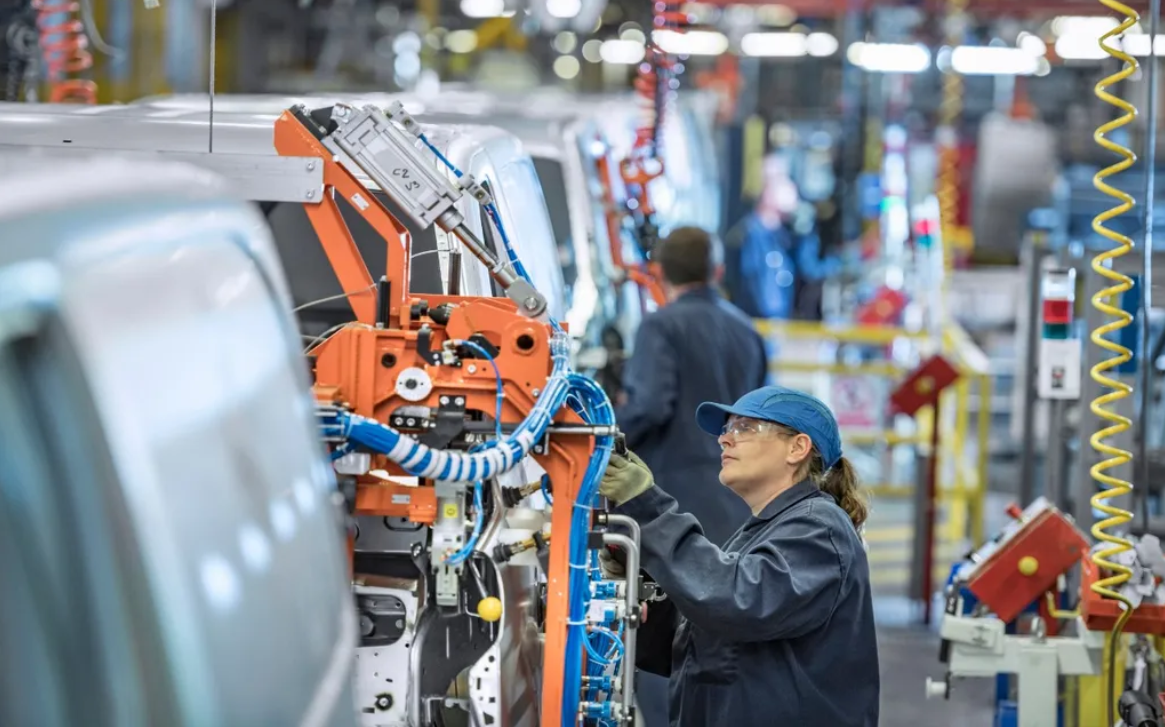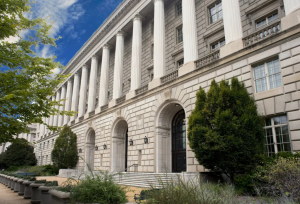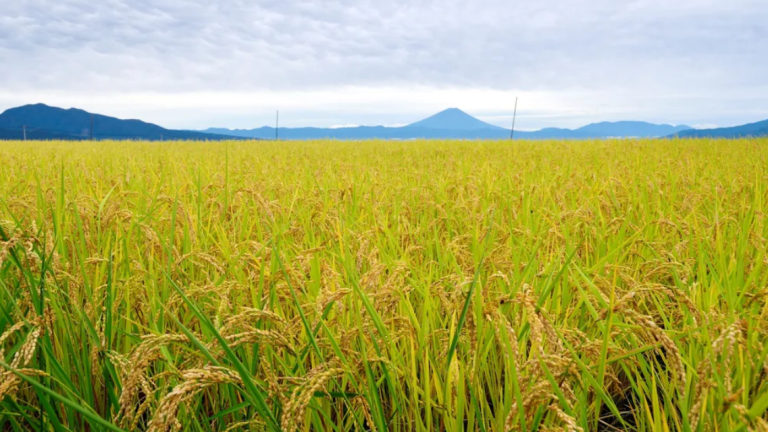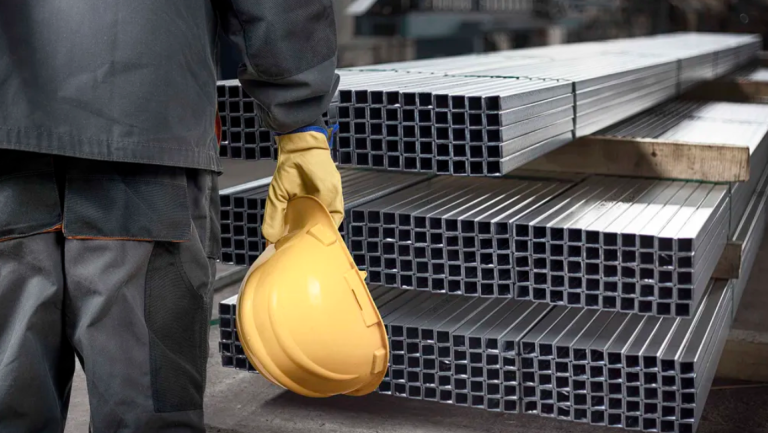Introduction: The Complex Dynamics of Global Manufacturing
Amid the ongoing fluctuations in the global economy, the landscape of manufacturing and factory production has experienced significant shifts. This article delves into the recent trends, as highlighted in Kiplinger Economic Forecasts, where factory production has faced a slight dip while supply chains exhibit signs of recovery and adaptation.
- Factory Production: A Delicate Balance
Factory production serves as a vital indicator of economic health and is closely monitored worldwide. The recent dip in production raises questions about the factors driving this decline.
- Supply Chain Resilience
While factory production experienced a mild setback, supply chains have been on a path of recovery. The pandemic-induced disruptions prompted businesses to reassess and strengthen their supply chain resilience.
- Regional Disparities
Regional disparities in factory production have been notable. The varying levels of COVID-19 impact, government policies, and vaccination rates contribute to these differences.
- Tech and Innovation
Technological advancements continue to be a driving force behind factory production improvements. Automation and innovation enhance efficiency and adaptability.
- Demand Fluctuations
Shifts in consumer demand have influenced factory production patterns. Industries related to home improvement, electronics, and e-commerce have experienced increased production, while others have faced challenges.
- Workforce Challenges
Workforce-related issues, such as labor shortages and changing employment preferences, are affecting factory production. Companies are adapting by offering more flexible work arrangements.
- Sustainable Manufacturing
Sustainability has emerged as a significant trend in factory production. Businesses are increasingly focusing on eco-friendly practices, aligning with consumer expectations and global environmental goals.
- Supply Chain Adaptations
Supply chains have adapted to mitigate disruptions by diversifying suppliers, utilizing technology for real-time tracking, and maintaining higher inventory levels.
- The Role of Government Policies
Government policies have played a pivotal role in shaping factory production and supply chains. Stimulus packages, trade agreements, and infrastructure investments influence these sectors.
- The Path Ahead
The interplay between factory production and supply chains remains a dynamic aspect of the global economy. Companies will continue to navigate these challenges and opportunities as they plan for the future.
Conclusion: Navigating Uncertainty
The global factory production dip, along with supply chain adaptations, reflects the resilience and adaptability of modern businesses. These dynamic shifts require companies to remain agile and innovative in navigating the ever-changing economic landscape. As the world continues to grapple with uncertainty, understanding these trends is essential for informed decision-making and preparedness for the road ahead.


























